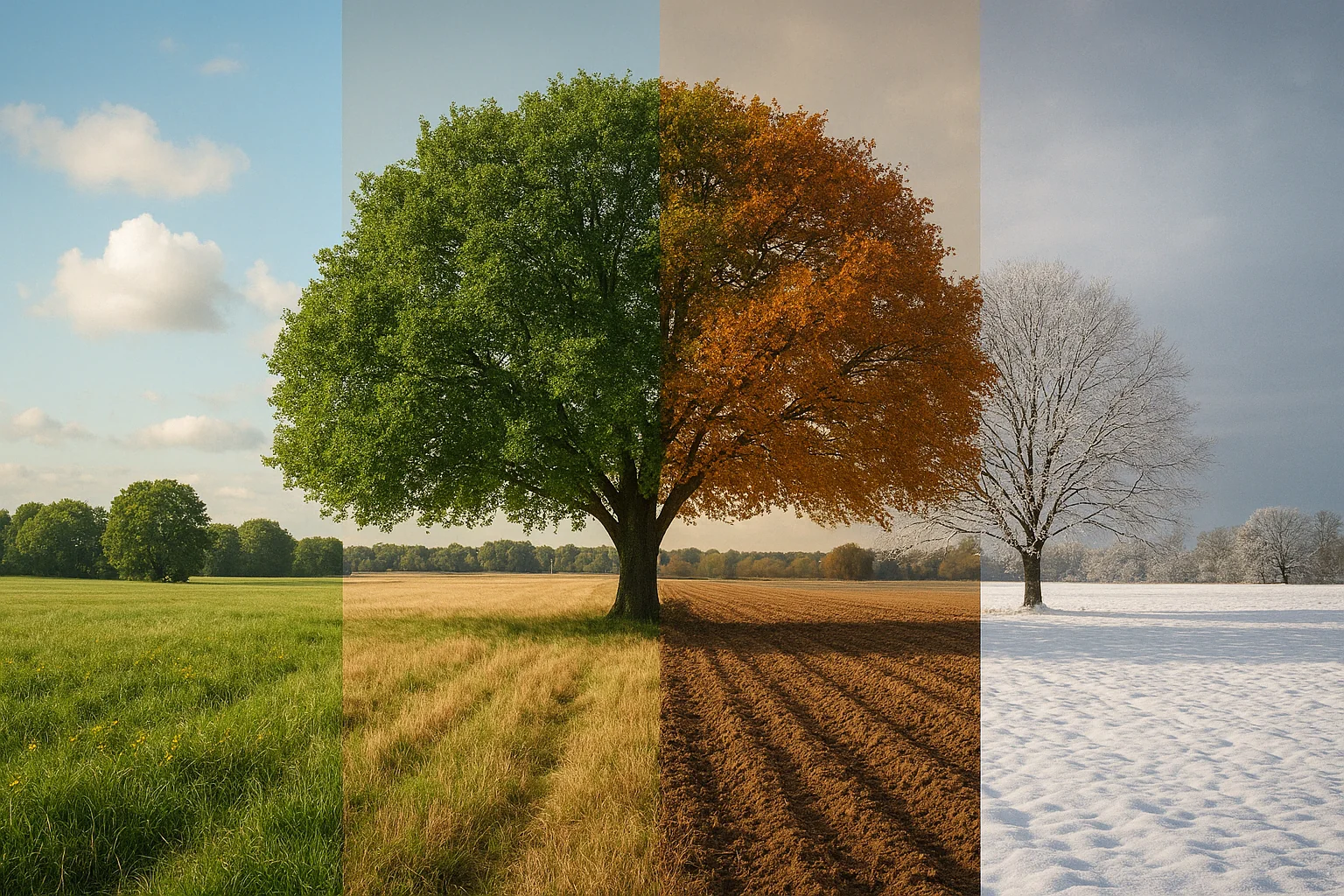Dreams have fascinated humanity since the dawn of consciousness. They are mysterious, fleeting, and often deeply emotional experiences that invite endless interpretation. Over centuries, the human understanding of dreams has evolved dramatically — a journey marked by radical theories, scientific breakthroughs, and the constant quest to unlock the mind’s hidden realms.
Today, we trace the evolution of dream theories, beginning with Sigmund Freud’s revolutionary ideas and exploring how modern perspectives have transformed our understanding of what dreams reveal about who we are.
Freud and the Birth of Psychoanalytic Dream Theory
At the turn of the 20th century, Sigmund Freud shifted the world’s perception of dreams forever. In The Interpretation of Dreams (1900), Freud proposed that dreams are not random but serve as disguised fulfillments of repressed wishes. According to him, the mind uses symbolism to veil these hidden desires, protecting the dreamer from emotional distress.
Freud introduced concepts like the manifest and latent content of dreams — what we remember versus the hidden meaning behind it. He argued that analyzing dreams could offer a royal road to understanding the unconscious mind. His ideas resonated deeply in a world eager to explore the inner workings of human behavior, setting the foundation for decades of psychoanalytic thought.
Jung’s Collective Unconscious and Archetypal Dreams
Freud’s protégé, Carl Gustav Jung, broke away to develop his own groundbreaking vision. While Jung agreed that dreams reveal unconscious material, he expanded the scope dramatically. Dreams, he believed, tap into a “collective unconscious” — a shared reservoir of archetypes and symbols common across all cultures.
For Jung, dreams were not merely personal expressions of repressed desires but universal stories reflecting humanity’s deepest psychological patterns. A snake in a dream, for instance, might not just symbolize personal fear but a broader confrontation with transformation or rebirth. Jung’s approach added a mythological, spiritual dimension to dream interpretation, one that continues to influence modern psychology and popular culture.
The Rise of Neuroscience and Biological Theories
By the mid-20th century, advances in technology shifted dream research into the realm of hard science. Electroencephalogram (EEG) machines allowed scientists to observe brain activity during sleep, leading to the discovery of REM (rapid eye movement) sleep — a stage highly associated with vivid dreaming.
Researchers like Allan Hobson and Robert McCarley proposed the “activation-synthesis hypothesis,” suggesting that dreams are the brain’s attempt to make sense of random neural activity. In this view, dreams are less about hidden desires and more about biological processes — the brain firing without conscious control and weaving narratives from the chaos.
While this scientific model demystified some aspects of dreaming, it also sparked new debates: Are dreams purely random, or do they still hold psychological meaning despite their biological roots?
Cognitive and Emotional Theories: Dreams as Mental Processing
As psychology matured, cognitive theories of dreaming gained traction. Researchers began to view dreams as a form of information processing — a way the brain consolidates memories, solves problems, and regulates emotions.
The threat simulation theory, proposed by Antti Revonsuo, suggests that dreaming evolved as a survival mechanism, allowing early humans to rehearse responses to dangerous situations. Others, like Rosalind Cartwright, emphasized the role of dreams in emotional healing, particularly in coping with loss, trauma, or personal transitions.
Dreams, in this framework, are neither meaningless nor purely wish-fulfillment: they are critical functions of a healthy mind working through daily experiences and challenges.
Modern Integrative Approaches and Dreamwork
Today, the study of dreams is more interdisciplinary than ever. Modern theorists often blend insights from psychoanalysis, neuroscience, cognitive psychology, and cultural anthropology to understand dreams from multiple perspectives at once.
Dreamwork — the practice of exploring dreams for personal insight — has become a popular therapeutic tool. Unlike classical Freudian analysis, contemporary dreamwork encourages dreamers to find personal significance rather than seek a universal “correct” interpretation.
Meanwhile, advances in imaging technology, machine learning, and sleep science continue to open new frontiers. Studies now examine how dreams might aid creativity, support mental health, and even hint at underlying neurological conditions.
The Enduring Mystery of Dreams
Despite over a century of intense study, dreams remain one of the most mysterious aspects of human life. Each new discovery seems to open yet another layer of complexity. Are dreams reflections of our innermost selves, random brain activity, or echoes of an ancestral past? Perhaps they are all these things — and more.
What is certain is that dreams continue to captivate us, offering an intimate glimpse into the endless frontier of the mind. As our scientific tools grow sharper and our psychological theories more sophisticated, one truth remains: dreaming is a fundamental part of what it means to be human — a bridge between our waking world and the infinite unknown.






